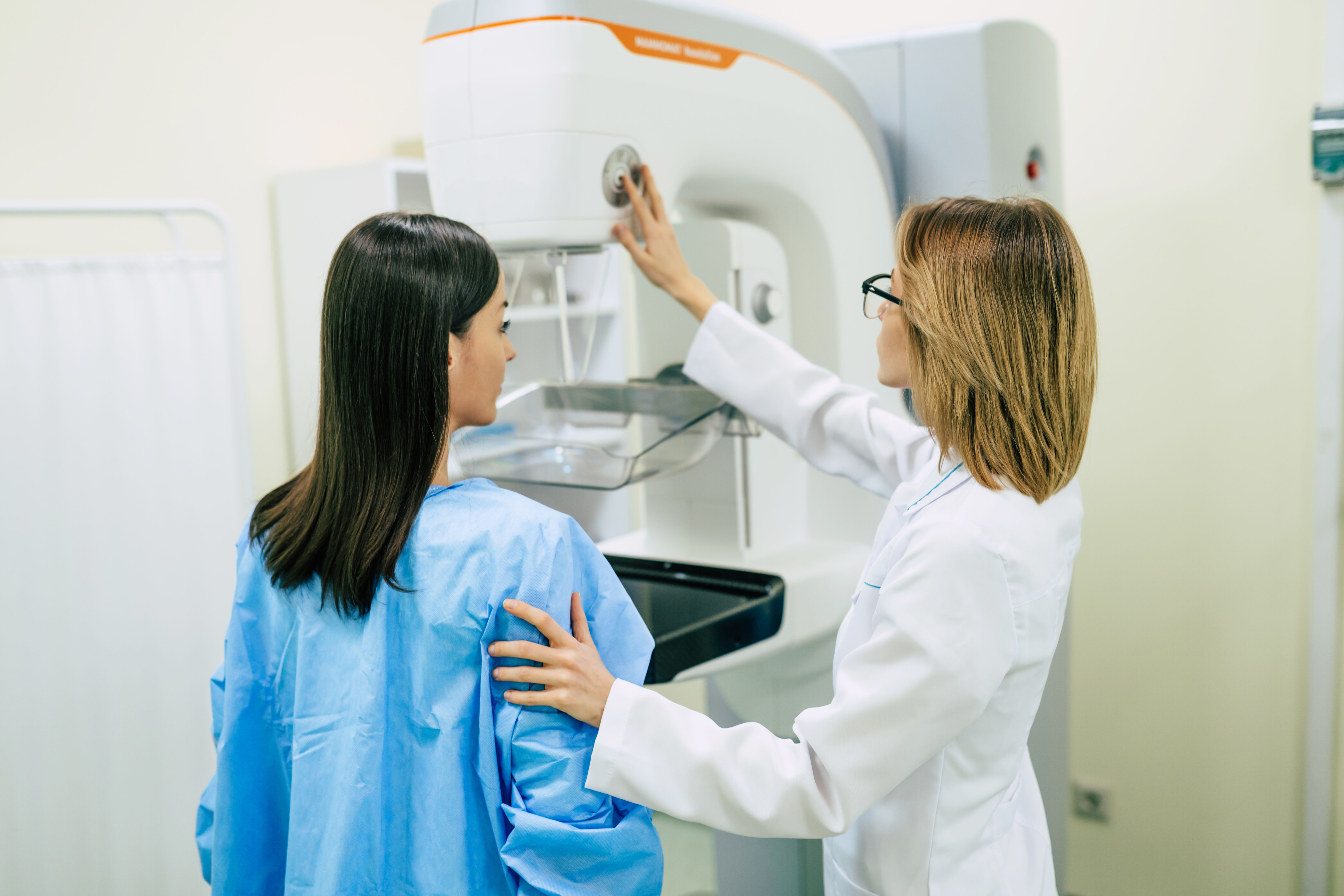This content is sponsored by MedStar Washington Hospital Center.
A trip to receive medical care may lead patients to come across any number of healthcare professionals and acronyms: a doctor, a nurse, a nurse practitioner or physicians assistant, to name a few. So what are the differences between all of these providers? And which is best for you?
MedStar Washington Hospital Center’s Chief Medical Officer Dr. Jeffrey Dubin breaks it down so that patients can understand both the different positions and how they all work collaboratively at MedStar Washington Hospital Center to put patient care first.
There are different physician types, Dr. Dubin said. A physician is a doctor who is trained to practice medicine. After earning a bachelor’s degree, physicians typically study for four years at a medical school followed by another three to seven years in a residency program. After that, some physicians receive sub-specialty training, which can last from one to three years, he added.
There are two main types of doctors – a doctor of medicine (MD) and a doctor of osteopathic medicine (DO). The Doctor of Medicine degree indicates a physician is trained to diagnose and treat illnesses and disorders with preventative care and evidence-based therapies such as medications and surgery. The Doctor of Osteopathic Medicine receives similar training to an MD. DOs take an additional 200 hours of osteopathic training to learn how illness impacts the musculoskeletal system and how to provide treatment by manipulating the joints, bones, and muscles, Dr. Dubin said.
Both types of doctors go to medical school and “learn the same thing,” Dr. Dubin added.
“They’re all licensed physicians, and they’ve all been trained, they’ve all gone through residencies that are deemed equivalent in terms of that,” he said.
A surgeon is a subset of doctors who specializes in evaluating and treating conditions that may require surgery, or physically changing the human body. Surgeons and physicians perform many similar duties – surgeons also use surgical techniques to treat conditions and restore function, Dr. Dubin said.
Advanced Practice Providers (also known as APPs) are another group of healthcare providers patients often come in contact with. Advanced practice providers have advanced degrees but are not physicians. Those people include: physician assistants (PA), nurse practitioners (NP) and certified registered nurse anesthetist (CRNA).
A physician assistant is a medical professional who can serve as a primary healthcare provider. PAs can diagnose illnesses, manage treatment plans and prescribe medications, Dr. Dubin said.
NPs are registered nurses who take advanced graduate education and clinical training that prepares to practice independently in collaboration with or under the supervision of physicians.
A CRNA is an advanced practice nurse who works with other healthcare professionals to provide anesthesia care for all types of surgeries and procedures.
“So in the hospital center, it’s really collaborative working,” Dr. Dubin said of the different APP types.
Nurses are often on the frontline of patient care, and there are some nuances between the different kinds. A certified nursing assistant (CNA) often works in home care and long-term care settings and can be the main point of contact between a patient, their family, and the healthcare system, Dr. Dubin said.
A licensed practical nurse (LPN) often serves as the primary means of communication between the patient and the healthcare team. They monitor health and perform tasks such as taking blood pressure, starting IV medications and changing bandages.
A registered nurse (RN) typically administers medication and collaborates with physicians and APPs to coordinate patient care.
When it comes to physician education, there are residents and fellows, too. Residents are all graduate of medical schools and this step serves as a type of long apprentice program, Dr. Dubin said. Residents have graduated responsibilities and can practice medicine independently, but there is still an attending physician who is there to oversee their work.
Fellows are people who have completed their residency in a primary field and are undergoing additional training to become a specialist in their chosen field. A fellowship can be an added one to three years of training, Dr. Dubin said.
“In medical school, you learn a little bit of everything, and then you kind of cone it down a bit as a resident, and then you can further … specialize or sub specialize based on the fellowship programs,” he said.
MedStar Washington Hospital Center is a teaching hospital – meaning it provides medical education for the next generation of healthcare providers. That can translate into cutting-edge care for patients.
“In a teaching institution, I think the benefit for patients is that academic centers are generally on the cutting edge of medical knowledge and really treating you with the most up-to-date … care pathways, whether it’s technology or the know-how that’s there,” Dr. Dubin said.
At MedStar Washington Hospital Center, healthcare providers work together to ensure patients not only receive the best care, but also make sure the patients’ needs are met in a timely fashion. The most experienced person may not always be available, but there are other healthcare providers who are equipped to offer the best possible care.
For example, if a patient comes to a care center with an injury, a surgeon could see you, but they may be focusing on their top level of care, a procedure. An APP can spend more time with the patient, develop a plan of care and work collaboratively with the surgeon, Dr. Dubin said.
“The patient can actually have someone who can spend that additional time with them. You know, taking your history, talking about … what the plan of care is going to be and, especially if they don’t need to have surgeon, they can manage that,” he said.
At the end of the day, it’s all about working together to focus on what the patient needs, Dr. Dubin said.
“The physicians and the advanced practice providers all work collaboratively,” he said. “It’s a collaborative practice, with the benefit providing the best patient care.”
Read more about in a post by Dr. Dubin on the MedStar Washington Hospital Center website.







